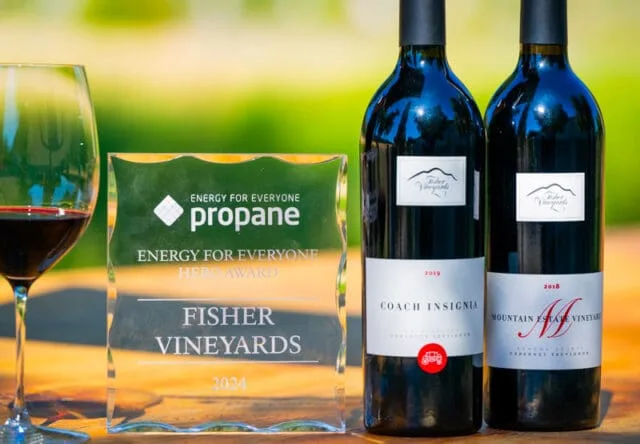South of Modena in central Emilia, vines on the edge of Levizzano Rangone village, looking towards its castle.
The Emilia region in northern Italy is home to all but one of Italy’s DOC and IGT denominations for Lambrusco – a wine name that’s still well known in the UK and US especially, thanks to its heady popularity in its simple, fun fizz guise back in the 1970s and ’80s.
Lambrusco’s historical success has proved to be both a blessing and a curse for the Emilia region, however; while the big players prospered commercially, it made it extremely difficult for smaller producers to emerge into the limelight. It also caused the denial of Lambrusco’s historical role as an effervescent palate-cleanser born to match the cuisine of the Emilia region. ‘Lambrusco turned into a completely different wine from what it was in the local tradition,’ explains Anselmo Chiarli, co-owner of highly regarded producer Cleto Chiarli. ‘Here in Emilia, we have always liked it dry.’
While sweet versions of Lambrusco still prove successful in some markets, most quality-oriented producers are finally shifting to drier styles – either going back to the wine’s roots, or experimenting with innovative techniques to highlight Lambrusco’s versatility. Average quality across the various Lambrusco denominations is constantly improving, with a mix of large wineries and independent growers crafting characterful examples that share food-friendliness as a common point.
Diversity is the key word when assessing Lambrusco: not only do the vineyards stretch from the alluvial flatlands of the Padana plain to






